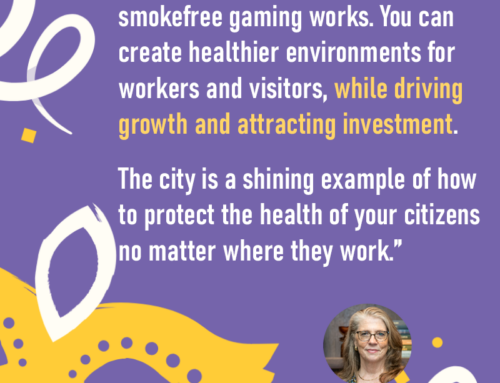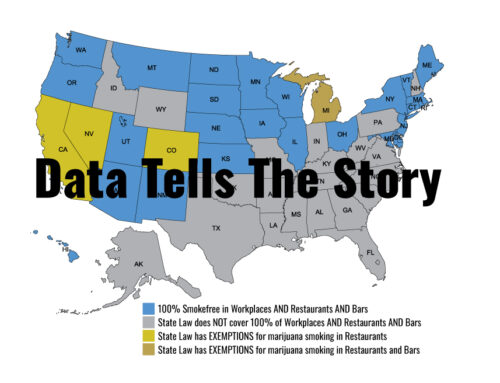It’s odd when people acknowledge that changing social norms around smoking influenced their behavior, but don’t realize how much tobacco policies helped to alter those social norms in the first place.
In the Burlington County Times, from New Jersey, we noted an opinion piece from columnist J.D. Mullane who thinks that:
“Raising the smoking age won’t reduce smoking [in New Jersey].” He writes: “New Jersey’s smoking rate, at 12 percent of adults over 18, is already among the lowest in the nation, and has dropped nicely over the last decade. So, Trenton’s noble effort to curb smoking is a conspicuous but ineffective morality move. The trend away from smoking continues, on its own, without government intervention. Let smoking take care of itself. Like old soldiers and the Marlboro Man, it will just fade away…”
Social norms don’t simply change in a vacuum, all on their own.
Over the past few decades growing public awareness of the toll taken by smoking has been increased by multiple tobacco control policies, with ordinances and laws preventing secondhand smoke exposure leading the way. These policies have played a huge role in reducing smoking rates and other tobacco use, changing not only how society views tobacco use, but the view of the tobacco industry itself.
Smoking was glamorized by the tobacco industry to addict smokers. Public health efforts to de-glamorize tobacco use, expose tobacco industry tactics, increase the costs of tobacco use, reduce youth access to tobacco, reduce sales to minors, and to create smokefree environments as the social norm, have resulted in a dramatic drop in tobacco use, with the corresponding public health benefits.
The majority of people who take up smoking do so before the age of 21, when they are most vulnerable to industry marketing and to nicotine addiction. Raising the tobacco age to 21 has already been found to reduce smoking rates and works in conjunction with things like ordinances against secondhand smoke to reduce risk to young people. Research models developed by the Institute of Medicine predict that if the smoking age is raised to 21, smoking prevalence would drop by 12 percent, as compared to 3 percent if the smoking age were raised to 19. We should not lose sight of the fact that raising the age of tobacco use to 21 is only one of many tobacco control strategies. Tobacco policies are most effective when used in concert with one another, as the effect on social norms is then synergistic.






